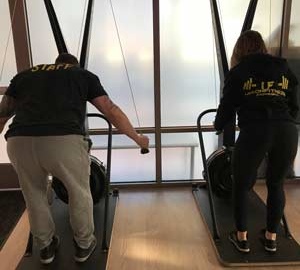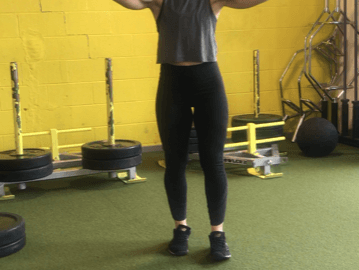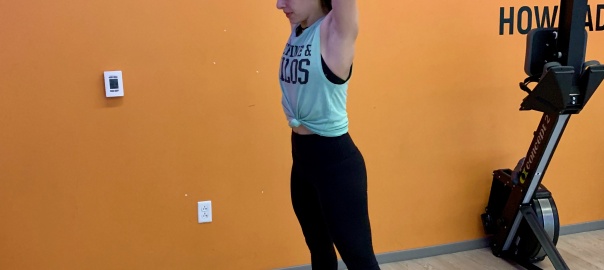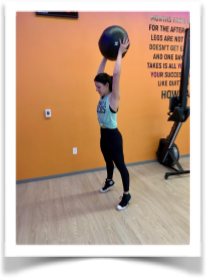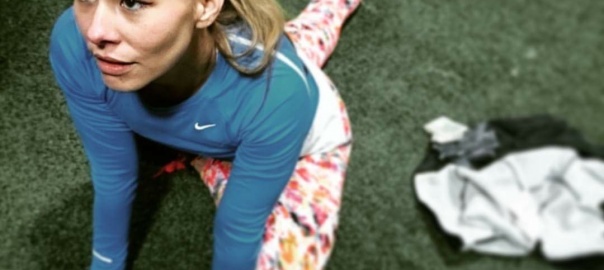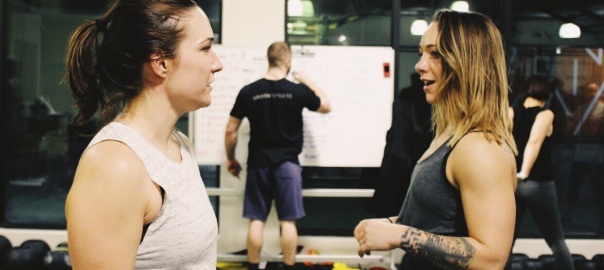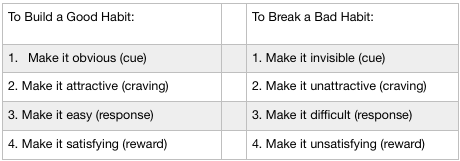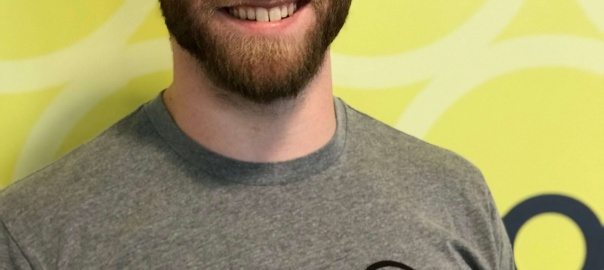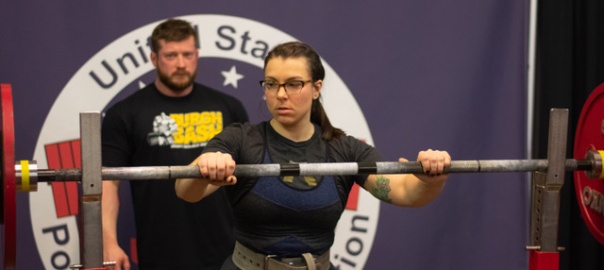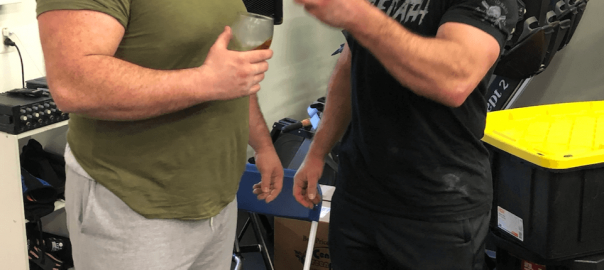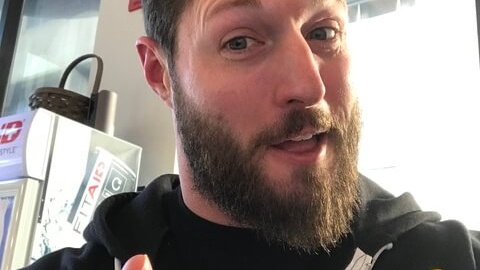This is my first blog entry for Union Fitness! Shout out and thanks to all of you who are reading it. Feel free to share love, laughs, and advice.
If you know me even a little bit, you probably know that I have high functioning anxiety. To me that means: I’m always on the move, I have to do everything 100% start to finish (usually as fast as possible), and when I am not moving or doing, I feel guilty. The guilt leads to depression, which makes me anxious that I’m not doing anything, and around and around it goes. If I don’t do all the things, all the time, at 100%, then it’s not good enough. I’m not good enough.
Picture this:
I had a great first lifting meet in June and I’m feeling like a “real” powerlifter. I started an intense new program which focused on high volume. I was crushing my workouts. I was hitting rep PRs. I was topping what I lifted at the meet in June. Being the “go-getter” that I am, I rushed through an ascending set of squats too quickly, without enough rest between, resulting in a gnarly hip flexor strain. From August to November, my hip flexor hurt when walking up and down stairs, getting in and out of the car, raising my leg to a marching position, crouching down to tie my shoes, putting pants on, even repositioning in my sleep. I endured this pain for two months before finally seeing a doctor. I was prescribed two months of PT and all the fitspo booty exercises you can think of.
As those months crept by, the pain slowly subsided, and I worked with Ryan to overhaul my squat form. You can probably guess that the mandatory rest and rehab did not help my mental health. In an attempt to mitigate my anxiety and depression, I started a new (light) program to get back into the groove AND signed up for a meet in January. My perspective for this meet was to gain platform experience and have fun. I bounced back from the hip flexor strain, felt less pressure to perform at “my best,” and even PR’d my squat and deadlift two weeks before the meet. Low stress training was working!
But yet again, I was impatient. I didn’t listen to my body. I slipped back into old patterns. I blew through light squats five days out from the meet because they were “easy.” I was in pain again, but not my hip flexor – this time, it was my lower back. I took two rest days, used a heating pad, and took pain meds in an effort to take the “total rest approach” I should have used with the hip flexor. No luck there. After an attempt to stretch my back on the GHD left me in a ball on the floor, I called in the expert: renowned Pittsburgh miracle worker, Dr. Lisa. She squeezed me into her schedule and released nearly all of the pain. I decided to go ahead compete in the meet with light attempts, mostly because my brain doesn’t let me quit.
On meet morning, adrenaline was flowing. My back was holding up, so I decided to go heavier on my squat opener. (Bad idea? I’ll let you decide.) The first two squats were great, white lights all around. It was the third I was worried about. I thought, “how much weight did Sara [my wife and meet handler] tell them to load on the bar?” She told me I was going to have to grind it out and not to give up. Because I use jokes to detract from the pressure, I told her I was going to do it for Ruthie (my cat). She told me to get serious and into the competing mindset.
To do that, I had to get angry. It’s a little uncomfortable to admit this, but it gives you some background on me, so here we go. First, I thought about people who kill puppies. That half worked, but it wasn’t quite the right rage. Then, stepping up to the platform, I thought about my sexual assault. I got MAD. I was either going to cry or lift the weight. Three white lights – PR! I felt a big weight off my back (yes, I went there) and no hip flexor pain! There was a twinge in my back, but I just thought it was tired, no biggie.
I felt confident, so I upped my bench attempts and went 3/3 with a PR!
Time for my final lifts. Should I deadlift or should I not? My back was tired. I rolled around on the floor. My warm ups felt heavy. My light opener felt heavy. Should I take a second attempt? My light second attempt felt heavy. As I walked off the platform, I made an uncharacteristic decision: I was not going to take my third deadlift attempt.
Even though I PR’d two of my lifts, I was most proud of myself for FINALLY listening to my body. Letting go of “perfection” and finishing everything is a struggle for my “must finish everything” personality fueled by anxiety. I’m trying to apply this to my workouts as well. If I am feeling worn down, I actually allow myself to back off.
Moral of the story, I’m learning that I don’t have to be the hero. It is okay to slow it down, listen to what my body is saying to me, and leave my “must finish everything” mentality at the door.
Time to put my lessons into practice. See you on the platform at the Iron City Open in June!
By Catyln Brooke

